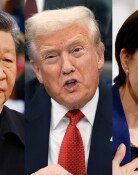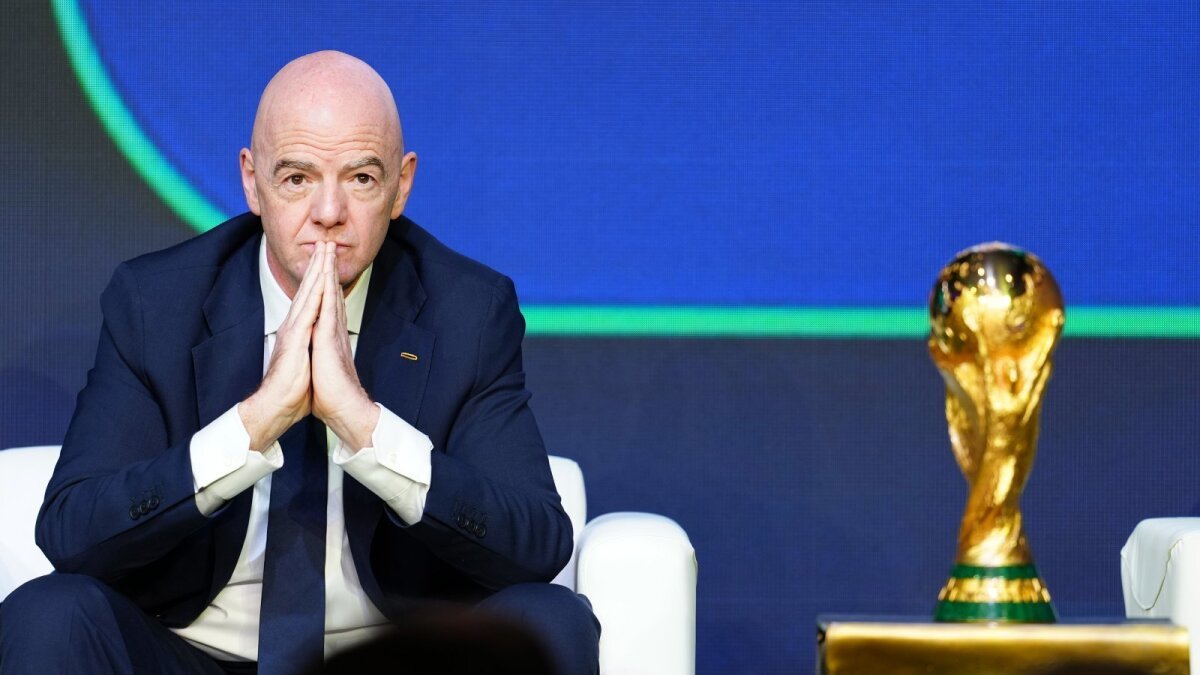Ssangyong Workers Striving to Keep Company Alive
Ssangyong Workers Striving to Keep Company Alive
Posted September. 14, 2009 22:46,
We have too much work to do, but were doing our best to bring Ssangyong Motor back to life.
Lee Yeong-ho, a deputy manager at a Ssangyong assembly plant, says he feels grateful for returning to work after a union strike. The carmaker is unlikely to survive on its own, which means its fate depends on whether its debt workout plan scheduled to be submitted today is accepted by creditors.
Ssangyong workers who returned to work after striking for 77 days also seem to feel an urgency to increase productivity and develop new models to survive.
The Dong-A Ilbo took a look around the carmakers plants, research centers and suppliers.
Ssangyong has created new work standards that cover workers moving lines, quality and safety matters. The standards will take effect next month.
The company had work standards before but workers hardly consulted them due to inconvenience. GM Daewoo is the only Korean carmaker to introduce work standards, while most Japanese carmakers thoroughly abide by them.
Ssangyongs union recently bolted from the Korea Confederation of Trade Unions, a clear sign of change in the carmakers labor-management relations. In other words, Ssangyong workers recognize that they can help their company survive only after eliminating their aggressive stance.
A company source said, Certain union members are suspended from office. If they return to the workplace a year later, they will face difficulty adapting to an unfamiliar environment.
Cohesive efforts to improve productivity have significantly raised Ssangyongs efficiency. The carmaker said its jobs per hour rate jumped 29.4 percent from 17 units in the pre-strike period to 22 after the strike.
Ssangyongs R&D center has also developed the C200, a new model designed to help the carmaker stay afloat. Of 19 cells belonging to the centers engine test department, ten have exclusively worked on developing the C200. Around 20 researchers have tested things such as fuel efficiency and fine-tuned the vehicle.
Senior researcher Kim Jong-hyeok said, When the strike was on, I had to do my job at Internet cafes or supplier offices. But recently, Ive worked even on weekends.
Ssangyong, however, has failed to attract investors to finance development of its new car, and this has overshadowed the successful launch of the C200.
The carmakers main creditor Korea Development Bank rejected giving the company additional development funds except for 130 billion won (106 million U.S. dollars) for restructuring. Ssangyong owes the bank 368 billion won (300.2 million dollars).
sukim@donga.com







